Archive
Lotte Jacobi
- Lotte
- Jacobi
Johanna Alexandra Jacobi
- 17-08-1896
- Toruń (PL)
- 06-05-1990
- Concord (US)
- Photographer
In October 1935 the German émigré photographer Lotte Jacobi, together with her sister Ruth Jacobi, opened a photo studio on 57th Street. The two sisters had to leave their parents' photo studio in Berlin in the 1930s and emigrated to New York.
Word Count: 41
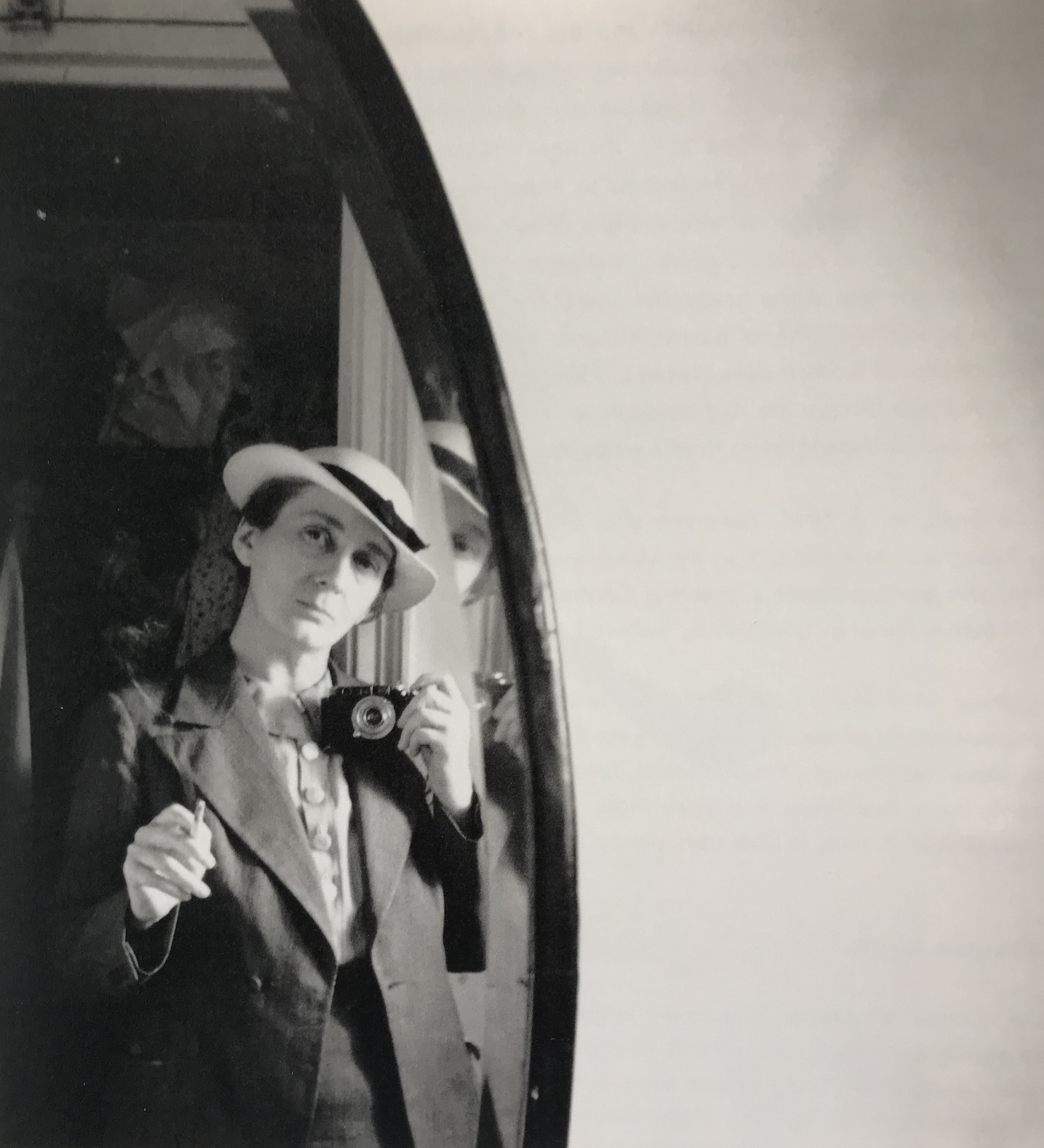
Lotte Jacobi, Self-portrait, New York, 1937 (© 2020. University of New Hampshire). 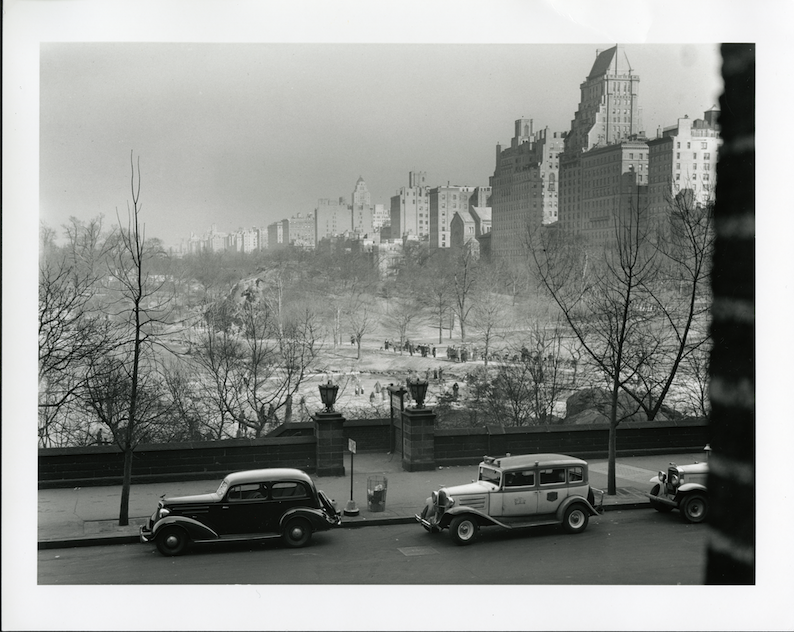
Lotte Jacobi, Central Park, New York, 1936 (© 2020. University of New Hampshire). 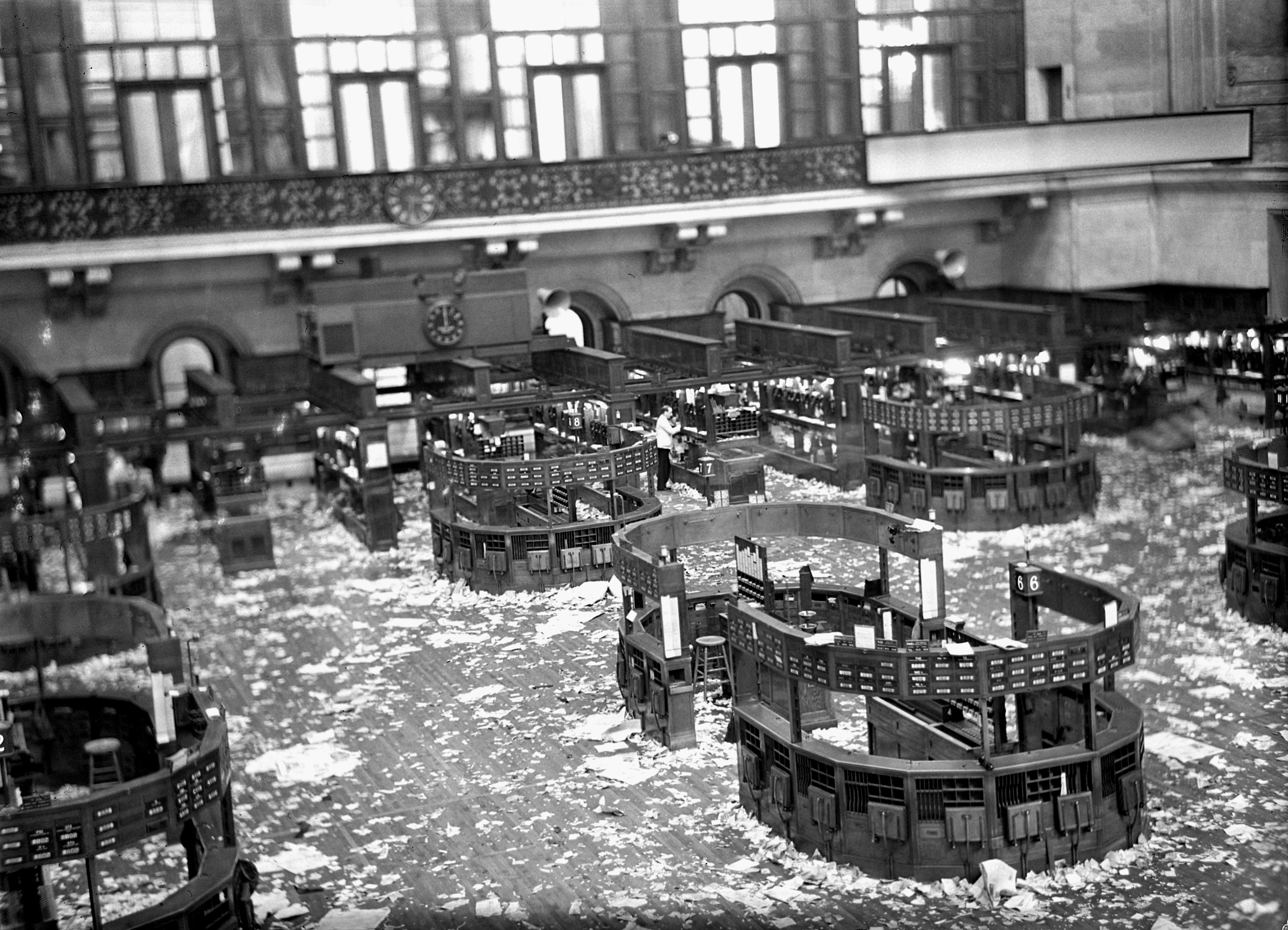
Lotte Jacobi, New York Stock Exchange, New York, 1938 (© 2020. University of New Hampshire). 
Lotte Jacobi, Ernst Fuhrmann, New York, 1942 (© 2021. University of New Hampshire). 
Lotte Jacobi, Hanya Holm dancing with troup, 1937 (© 2020. University of New Hampshire). 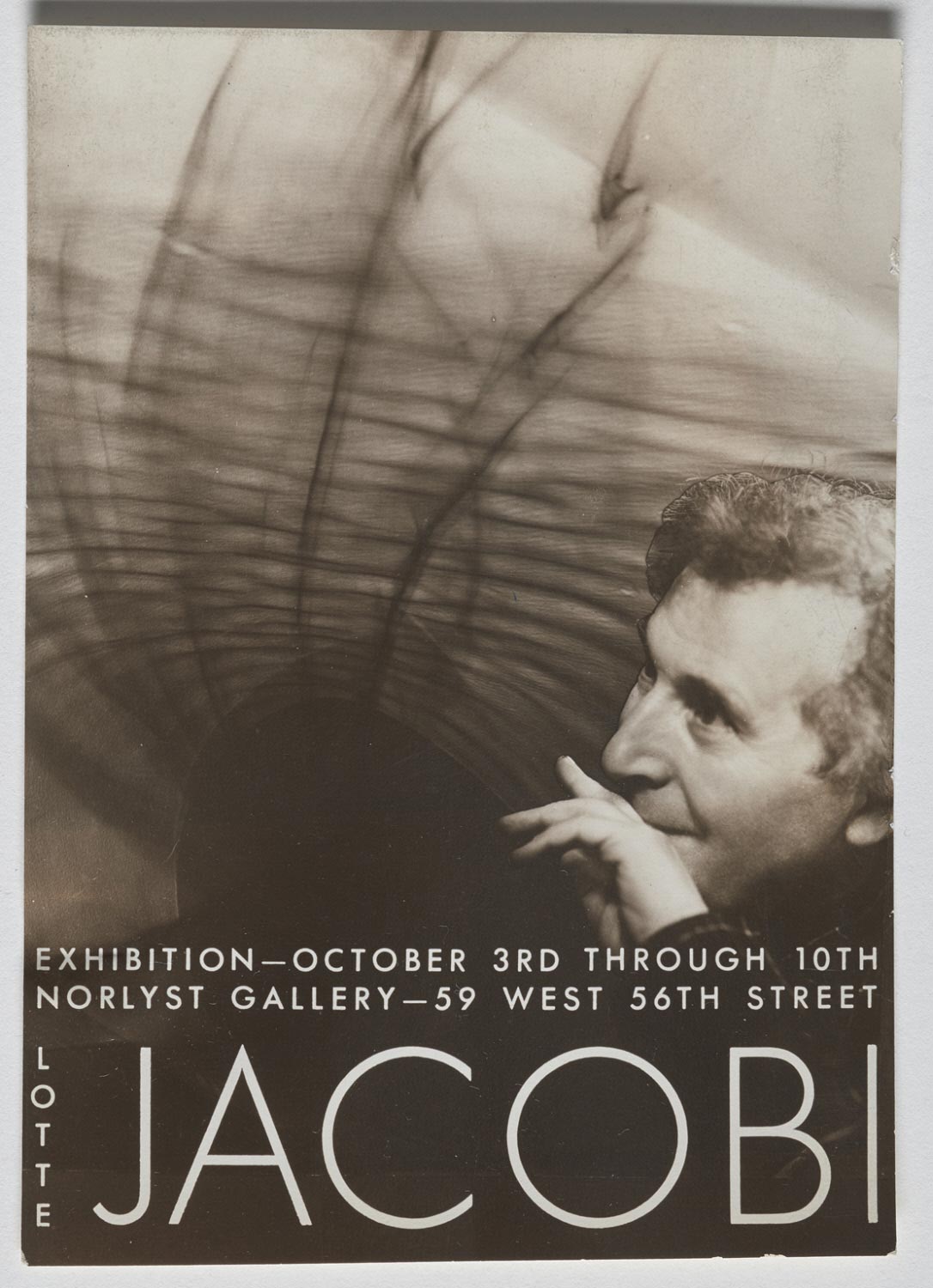
Flyer for Lotte Jacobi’s exhibition at the Norlyst Gallery, 1948 (© 2020. University of New Hampshire). 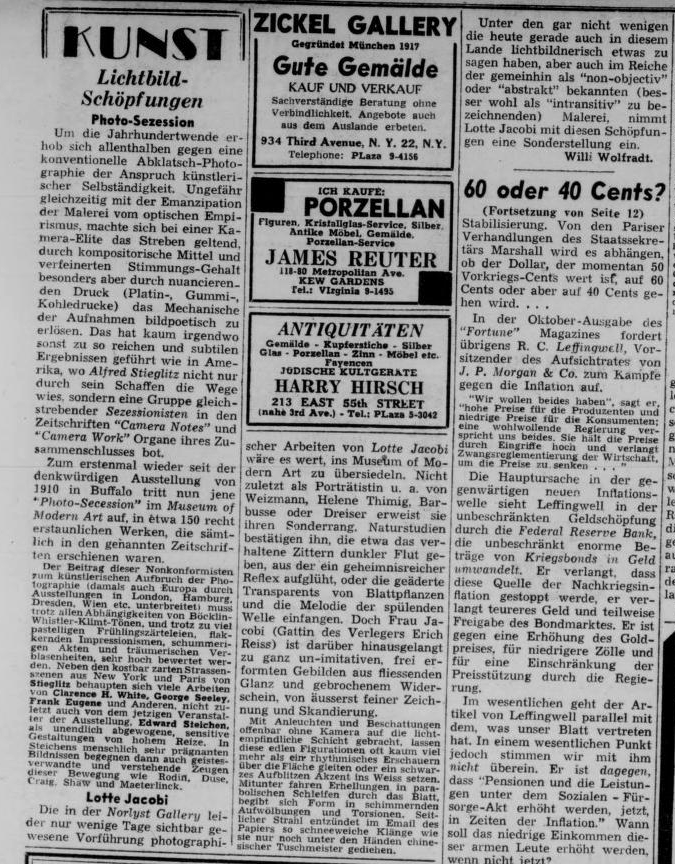
Willi Wolfradt. "Lichtbild-Schöpfungen." Aufbau, 15 October 1948, p. 19. 
Lotte Jacobi, Werner Wolff, 1943, New York (© 2021. University of New Hampshire). 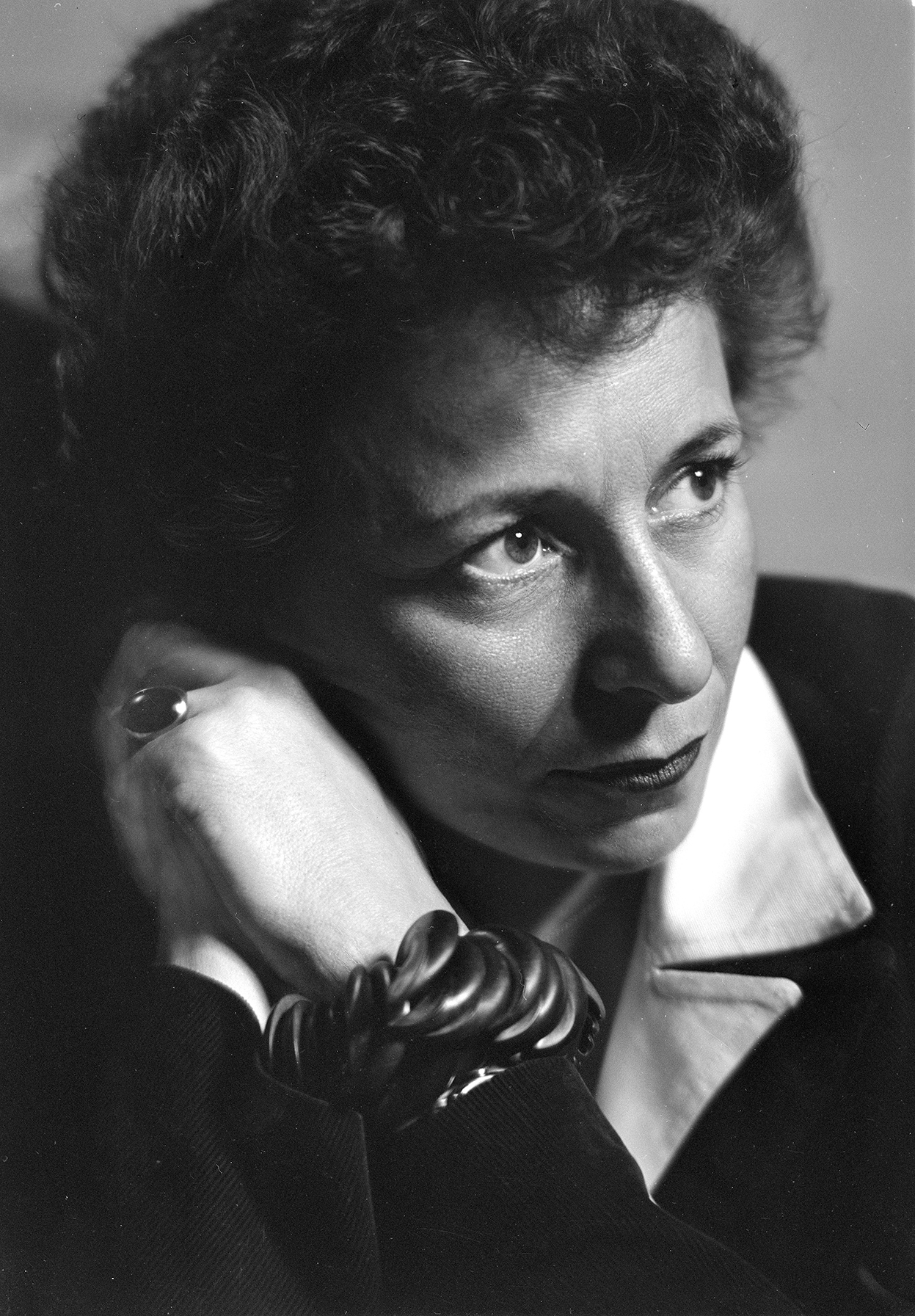
Lotte Jacobi, Ruth Bernhard, 1945, New York (© 2021. University of New Hampshire). Atelier Lotte Jacobi. Berlin – New York, edited by Marion Beckers and Elisabeth Moortgat, exh. cat. Das Verborgene Museum, Berlin, 1997.
Displaced Visions. Émigré Photographers of the 20th Century, edited by Nissan N. Perez, exh. cat. The Israel Museum, Jerusalem, 2013.
Gilbert, George. The Illustrated Worldwide Who’s Who of Jews in Photography. G. Gilbert, 1996.
Krohn, Claus-Dieter, editor. Exilforschung. Ein internationales Jahrbuch, vol. 21: Film und Fotografie. edition text + kritik, München 2003.
Lotte Jacobi 1896–1990: Berlin – New York – Deering, edited by Ute Eskildsen, exh. cat. Fotografisches Kabinett Museum Folkwang, Essen, 2000.
Milton, Sybil. “The Refugee Photographers, 1933–1945.” Kulturelle Wechselbeziehungen im Exil – Exile across Cultures, edited by Helmut F. Pfanner, Bouvier, 1986, pp. 279–293.
Moriarty, Peter. Lotte Jacobi. Photographs. David R. Godine, 2003.
Recollections. Ten Women of Photography, edited by Margaretta K. Mitchell, exh. cat. International Center for Photography, New York, 1979.
Röder, Werner, et al., editors. Biographisches Handbuch der deutschsprachigen Emigration nach 1933–1945 (1999). Walter de Gruyter, 2016, p. 558. Accessed 8 March 2021.
Rosenblum, Naomi. A History of Women Photographers. Abbeville Press, 1994.
Schaber, Irme. “Fotografie.” Handbuch der deutschsprachigen Emigration 1933–1945, edited by Claus-Dieter Krohn and Patrick von zur Mühlen, WBG, 1998, pp. 970–983.
Schaber, Irme. “‘Die Kamera ist ein Instrument der Entdeckung…’. Die Großstadtfotografie der fotografischen Emigration in der NS-Zeit in Paris, London und New York.” Exilforschung. Ein internationales Jahrbuch, vol. 20: Metropolen des Exils, edited by Claus-Dieter Krohn, edition text + kritik 2002, pp. 53–73.
Unbelichtet. Münchner Fotografen im Exil, edited by Tatjana Neef, exh. cat. Jüdisches Museum München, Munich 2010.
Werneburg, Brigitte. “LIFE: Leben in der Emigration. Deutsche Fotojournalisten in Amerika.” (unpublished manuscript, 1991), werneburg.nikha.org. Accessed 15 February 2021.
Wolfradt, Willi. "Lichtbild-Schöpfungen. Photo Sezession." Aufbau, 15 October 1948, p. 19.
Word Count: 261
Lotte Jacobi Papers, Special Collections Research Center, Syracuse University Libraries.
Project object:photo, Museum of Modern Art, New York.
The Encyclopedia of Jewish Women, Jewish Women's Archive, Brookline.
In the fall of 1979, Lotte Jacobi spoke with Margaretta K. Mitchell at the ICP in conjunction with the exhibition: Recollections: Ten Women of Photographyshowing photographs of her career.
Word Count: 73
My deepest thanks go to Sherard Harrington of the University of New Hampshire for providing me with material and images by Lotte Jacobi.
Word Count: 23
London, GB (1935); New York City, US (1935–1956).
1393 Sixt Avenue at 57 Street, Central Park South, Manhattan, New York City (studio together with Ruth Jacobi, 30.10.1935–19.09.1936); 24 West 59th Street, Central Park South, Manhattan, New York City (studio Lotte Jacobi, 19.09.1936–August 1938); 35 West 57th Street, Central Park South, Manhattan, New York City (residence & studio, Sept. 1938–Sept 1939); 154 West 54th Street, Times Square District, Manhattan, New York City (studio & residence, Sept. 1939–Sept. 1941); 46 West 52nd Street, Times Square District, Manhattan, New York City (residence & studio, Oct. 1941–June 1956).
- New York
- Helene Roth. "Lotte Jacobi." METROMOD Archive, 2021, https://archive.metromod.net/viewer.p/69/2948/object/5138-9613251, last modified: 16-10-2022.
-
Hermann LandshoffPhotographerNew York
Besides outdoor fashion shots, Hermann Landshoff was a portrait and street photographer. During his time in New York, he captured the cultural, artistic and intellectual émigré scene as well as his photographer colleagues.
Word Count: 33
Walter SandersPhotographerNew YorkWalter Sanders was a German émigré photographer. In 1938 he arrived in New York, where he worked from 1939 until the end of his life for the Black Star agency and, from 1944, for Life magazine.
Word Count: 33
Kurt SafranskiPicture AgentFounding MemberTeacherCartoonistPublisherIllustratorNew YorkKurt Safranski was one of the founding members of the Black Star photo agency, a teacher at the New School for Social Research and the author of photojournalistic articles and books.
Word Count: 31
Werner WolffPhotographerNew YorkWerner Wolff was forced to leave Germany in 1936 due to his Jewish background and emigrated via Hamburg to New York, where he could follow his career as photographer and photojournalist.
Word Count: 30
Andreas FeiningerPhotographerWriterEditorNew YorkAndreas Feininger, was a German émigré photographer who arrived in New York with his wife Wysse Feininger in 1939. He started a lifelong career exploring the city's streets, working as a photojournalist and writing a large number of photography manuals.
Word Count: 39
Ruth BernhardPhotographerNew YorkRuth Bernhard was a German émigré photographer who lived in New York from the 1920s to the 1940s. Beside her series on female nudes, her place in the photography network, as well as in the New York queer scene, is unknown and understudied.
Word Count: 43
Lisette ModelPhotographerNew YorkLisette Model was an Austrian-born photographer who lived in New York with her husband Evsa Model after emigrating from France. Her street photographs capturing the curiosities of everyday life quickly caught the interest of museums and magazines.
Word Count: 37
Charles LeirensPhotographerMusicianMusicologistNew YorkCharles Leirens was a Belgian-born musician and photographer who emigrated to New York in 1941. While publishing two books on Belgian music, he also gave courses in musicology and photography at the New School for Social Research.
Word Count: 36
Marion PalfiPhotographerNew YorkMarion Palfi was a German émigré photographer who lived in New York from the 1940s to the 1960s. Her photographic engagement in social and political topics made her name for her use of the camera to draw attention to social injustices.
Word Count: 41
Tim GidalPhotographerPublisherArt HistorianNew YorkTim Gidal was a German-Jewish photographer, publisher and art historian emigrating in 1948 emigrated to New York. Besides his teaching career, he worked as a photojournalist and, along with his wife Sonia Gidal, published youth books.
Word Count: 35
Ellen AuerbachPhotographerNew YorkWhen she arrived in New York in 1937, the German-born photographer Ellen Auerbach (formerly Rosenberg) had already passed through exile stations in Palestine and Great Britain.
Word Count: 25
Ruth JacobiPhotographerNew YorkRuth Jacobi was a German-speaking, Polish-born photographer who emigrated in 1935 to New York, where she opened a studio together with her sister Lotte Jacobi. She later had her own portrait studio.
Word Count: 31
Gerda PeterichPhotographerNew YorkThe German émigré Gerda Peterich had a photographic studio at 332 West 56th Street and in New York, where she specialised in dance and portraiture. In addition, she visited dance studios and photographed outside in the city.
Word Count: 36
Lilly JossPhotographerNew YorkLilly Joss was an émigré freelance photographer in New York. She worked for the Black Star photo agency and magazines and was also a portrait and theatre photographer.
Word Count: 28
YllaPhotographerNew YorkYlla was an Austrian-born photographer who emigrated to New York in 1941. Specialising in animal photography, she produced not only studio photographs, but also shot outside on urban locations in the metropolis.
Word Count: 31
Fritz HenlePhotographerNew YorkFritz Henle was a German Jewish photographer who emigrated in 1936 to New York, where he worked as a photojournalist for various magazines. He also published several photobooks of his travels throughout North America and Asia.
Word Count: 35
T. Lux FeiningerPhotographerPainterNew YorkLux T. Feininger was a German-American émigré photographer and painter and the brother of the photographer Andreas Feininger, arriving in 1936 in New York. Although he started taking photographs during the 1920s in Germany, Feininger is better known for his career as a painter and his photographic work is largely unacknowledged.
Word Count: 50
Trude FleischmannPhotographerNew YorkTrude Fleischmann was an Austrian-Jewish portrait and dance photographer who emigrated in 1939 to New York, where she opened a studio in Midtown Manhattan with the photographer Frank Elmer.
Word Count: 28
Christmas Exhibition of The Center for European Immigrant's Art and HandicraftSchocken BooksPublishing HouseNew YorkSchocken Books was a publishing house established in 1945 in New York by the Russian émigré Salman Schocken (1898–1959). It specialised in books on Judaica and Hebrew topics.
Word Count: 26
Norlyst GalleryGalleryArt GalleryNew YorkFounded in 1943 by the American painter and art collector Elenore Lust, the Norlyst Gallery represented a cross section of contemporary painting, photography and other media focusing on surrealist and abstract expressionist styles and promoting women artists and photographers.
Word Count: 38
Pavelle Laboratories Inc.Photo LabPhoto SupplierNew YorkPavelle Laboratories was found in 1936 by Leo and Carmen Pavelle and operated on East 42nd Street. It was specialised in the development of miniature camera film and one of the first labs working with colour film.
Word Count: 36
Josef BreitenbachPhotographerNew YorkOn arriving in New York in 1941, the German photographer Josef Breitenbach tried to restart as a portrait, street and experimental photographer, as well as a teacher of photo-history and techniques.
Word Count: 30
Black Star AgencyPhoto AgencyNew YorkThe German émigrés Kurt S(z)afranski, Ern(e)st Mayer and Kurt Kornfeld founded Black Star in 1936. The photo agency established was a well-run networking institution in New York.
Word Count: 31
PIX Publishing Inc.Photo AgencyNew YorkPIX Publishing Inc. was a photo agency founded in New York in 1935 by photo agent Leon Daniel and Celia Kutschuk, together with German émigré photographers Alfred Eisenstaedt and George Karger.
Word Count: 30
Camera FeaturesPhoto AgencyNew YorkCamera Features was a photo agency founded by the photographer Werner Wolff and other colleagues of the photo agency PIX.
Word Count: 20
Rapho GuillumettePhoto AgencyNew YorkFounded in 1940 by the emigrant Charles Rado (1899–1970), Rapho Guillumette was a picture agency.
Word Count: 13
Julien Levy GalleryArt GalleryNew YorkThe Julien Levy Gallery was founded by the art dealer Julien Levy (1906–1981) in 1931, and was situated in the New York gallery district around 57th Street, where the Weyhe and Norlyst Gallery were also located.
Word Count: 34
Beggar BarBarNew YorkBeggar Bar was an artists bar and cabaret which was founded in 1941 by the German actress and dancer Valeska Gert (1892–1978).
Word Count: 20